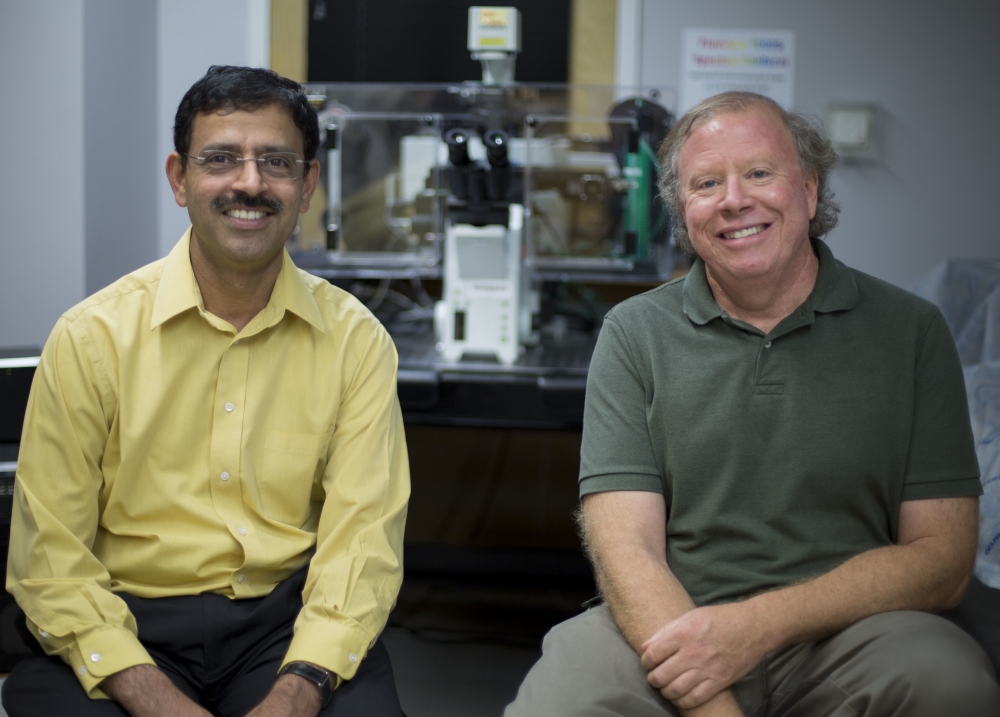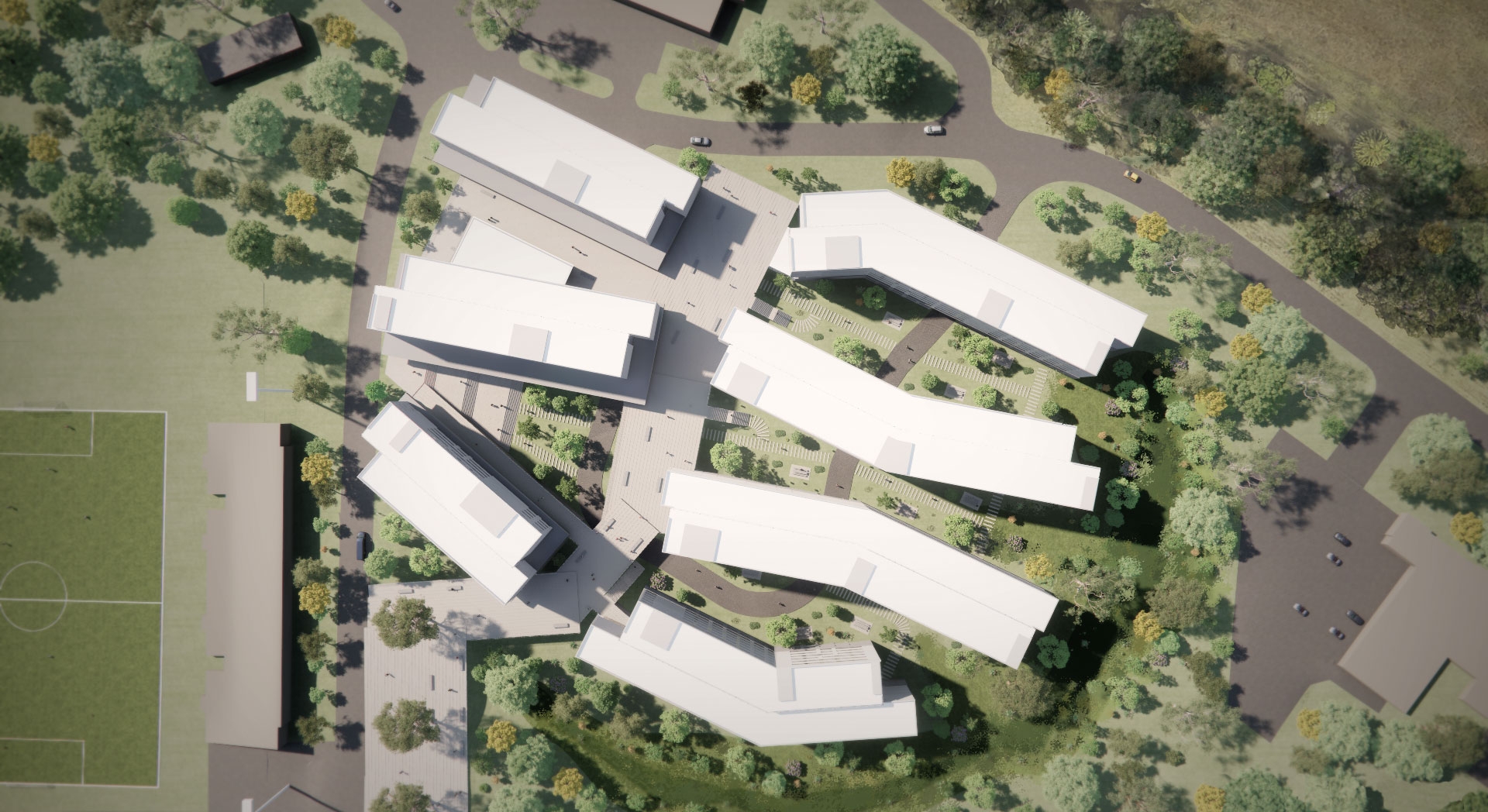
‘Thinking’ in Real Time
William Smith, chair of UC Santa Barbara’s Department of Molecular, Cellular and Developmental Biology (MCDB), has been awarded one of 16 inaugural Cal-BRAIN grants. The awards support the development of new technologies to revolutionize the understanding of the brain in health and disease by improving the ability to monitor and analyze its activity.
Smith will use the $120,000 seed funding to study the tunicate Ciona, a local sea squirt that shares similar physiology and anatomy with vertebrates. His project will simultaneously record the neural activity in all cells of this simple chordate’s nervous system.
“What I’m trying to do is watch an animal ‘think’ in real time,” Smith said. “This one-millimeter-long marine animal has an amazing nervous system with only about 170 nerve cells in the brain. Ours has a hundred billion. The idea is to observe Ciona go through the whole ‘thought’ process: receive stimuli such as light, current, gravity and touch, process it and produce an output or behavior such as navigating the ocean.”
The project will be a true team effort with contributors providing expertise in a number of areas, including transgenesis and Ciona imaging, computer vision, high-speed image capture and analysis, microfluidics and connectomics. In addition to the Smith Lab, other contributors include B.S. Manjunath, a professor in the Department of Electrical and Computer Engineering and director of the campus’s Center for Bio-image Informatics; Michael Liebling, associate professor in the Department of Electrical and Computer Engineering; and Dave Bothman, principal development engineer in the Department of Mechanical Engineering. Ian Meinertzhagen of Dalhousie University in Halifax, Nova Scotia, will also play a key role in the electron microscope portion of the project.
“Ultimately we want to understand how this works in the human brain,” Smith added, “but with a hundred billion cells, it’s going to be quite a while before we do that. This is similar to the human genome project, which started by sequencing a virus. Like a virus, Ciona is also tiny, but it’s a first step.”
An initiative led jointly by UC San Diego and the Lawrence Berkeley National Laboratory, Cal-BRAIN is short for California Blueprint for Research to Advance Innovations in Neuroscience. Signed into law in June 2014, the program is the California complement to the federal BRAIN (Brain Research through Advancing Innovative Neurotechnologies) Initiative announced by President Barack Obama in 2013.
Scientists from all California nonprofit research institutions were eligible to apply for Cal-BRAIN grants, and 126 interdisciplinary teams submitted proposals. The funded projects will be carried out at 10 UC campuses as well as the California Institute of Technology, Stanford University and the University of Southern California. Projects cover four different aspects of the brain’s activity: electrical activity, neurochemical activity, metabolic activity and gene activity and include advances in microscopy, brain imaging, sensors based on nanotechnology and neural prosthetics.



